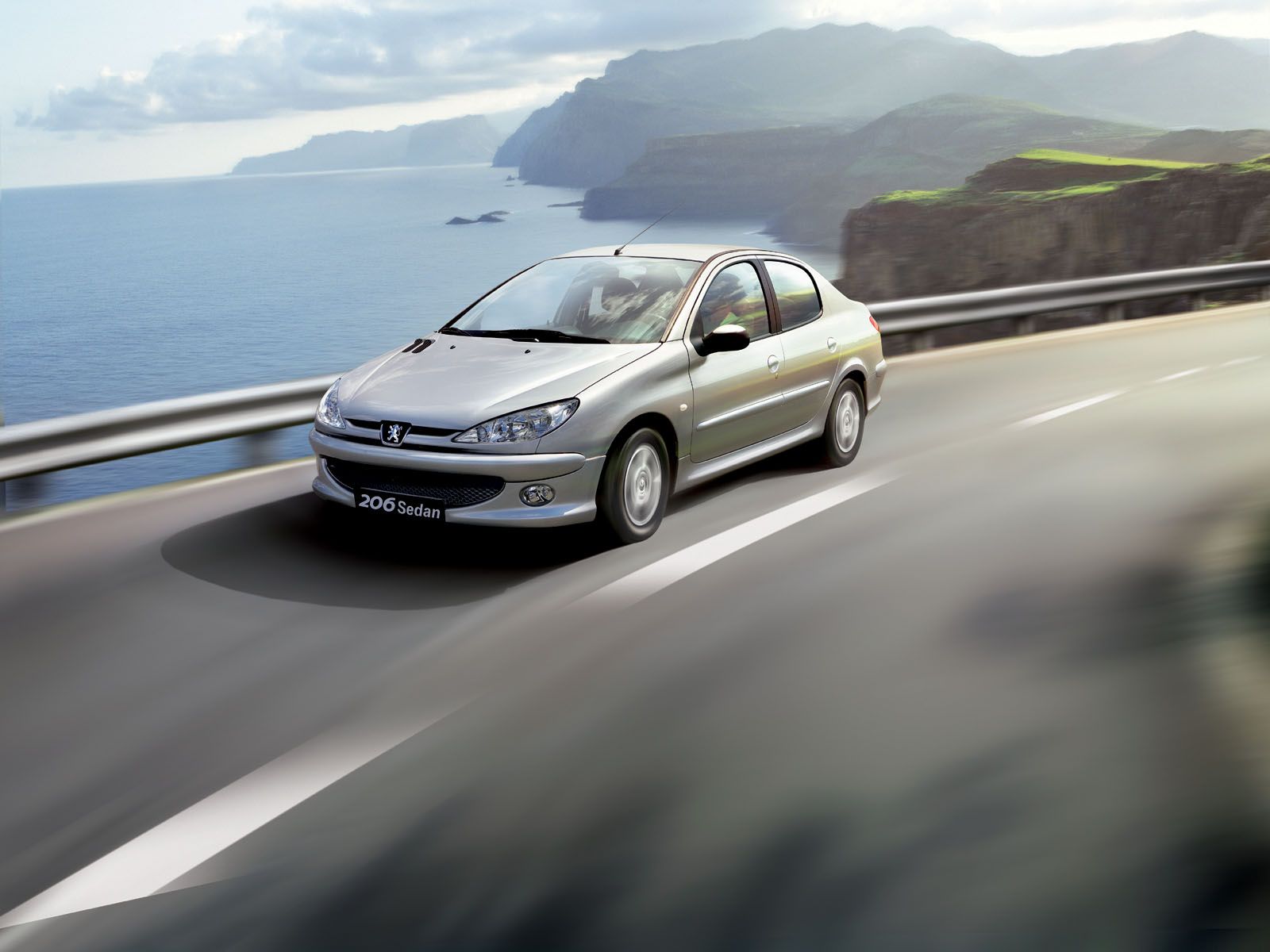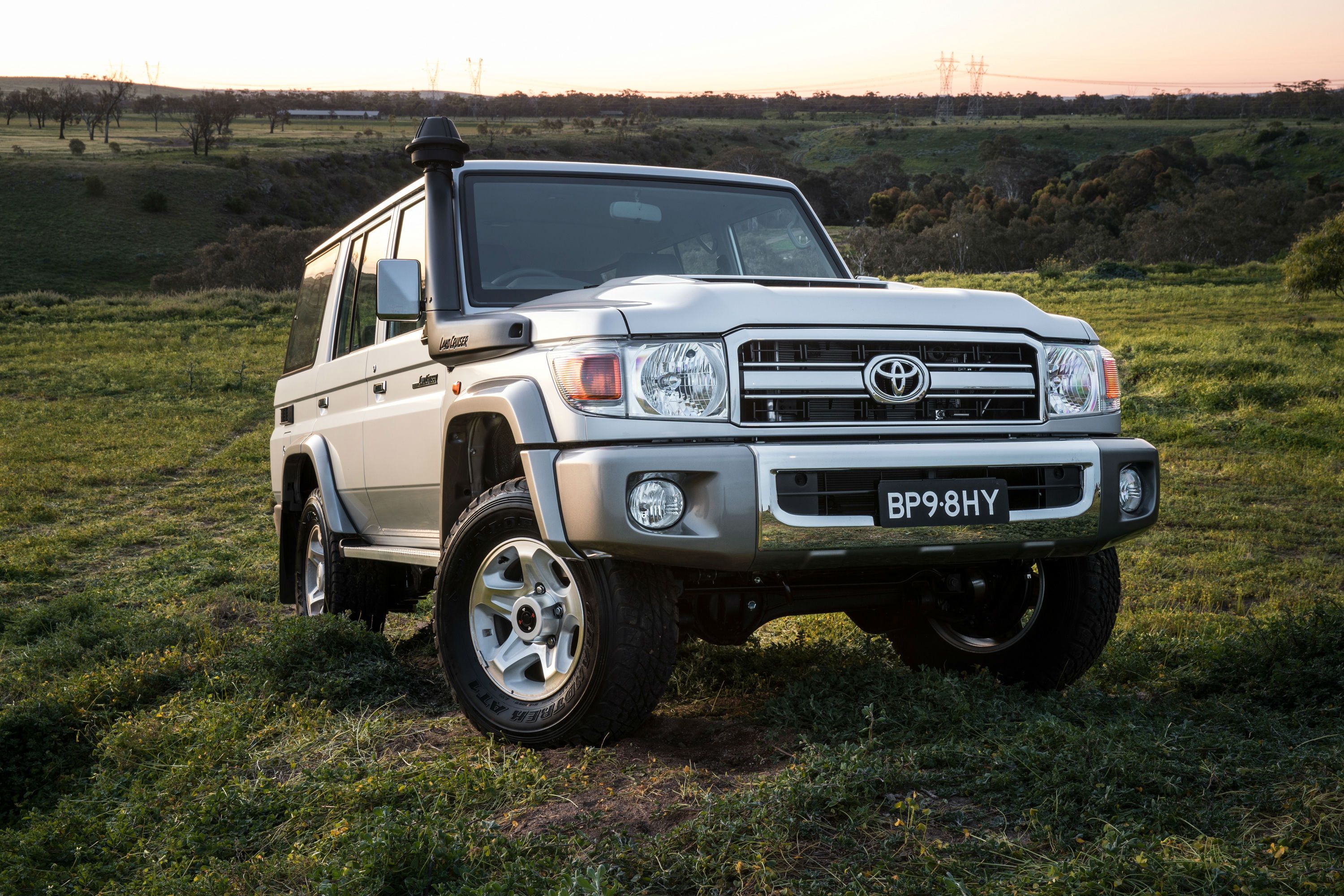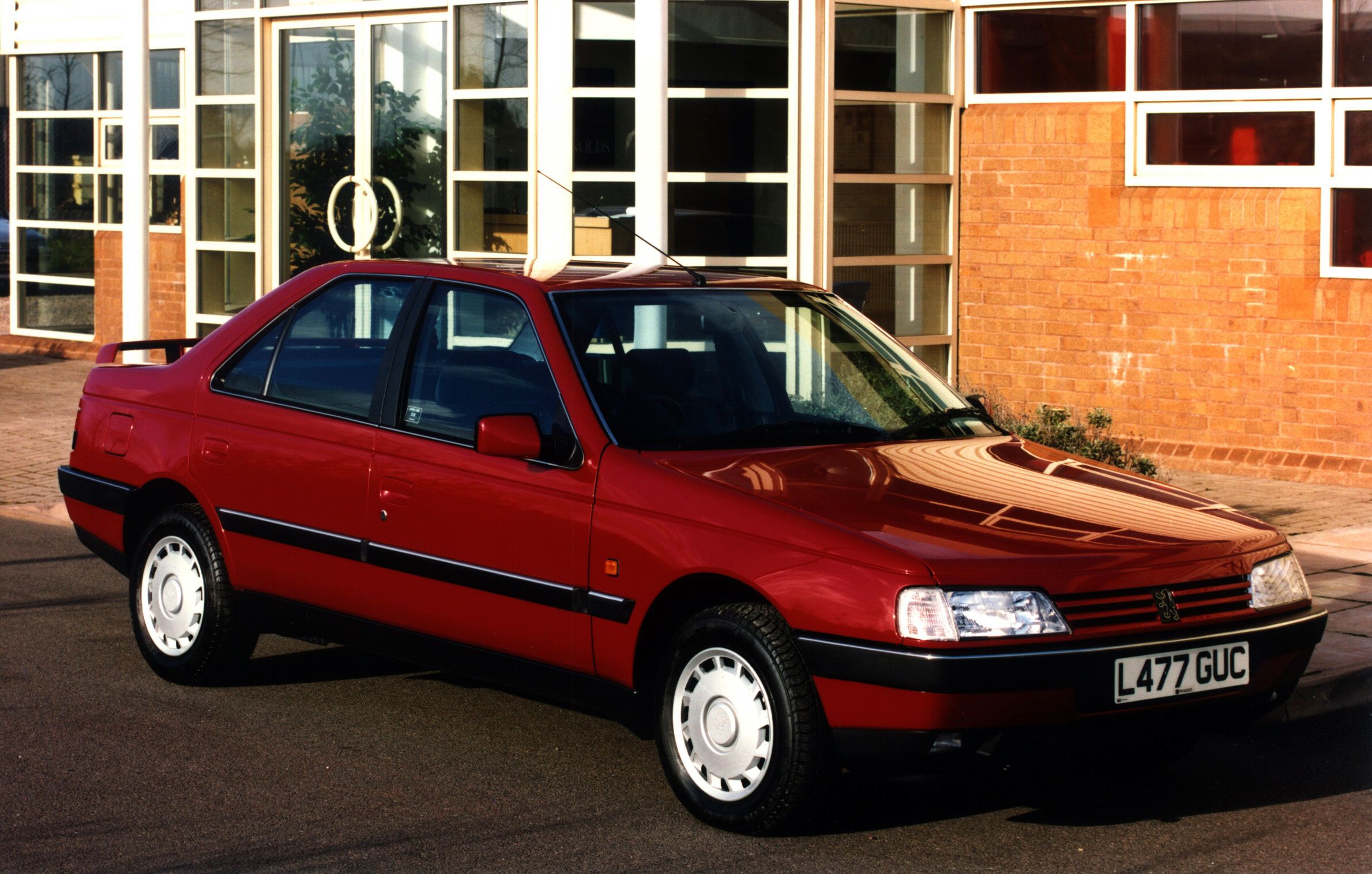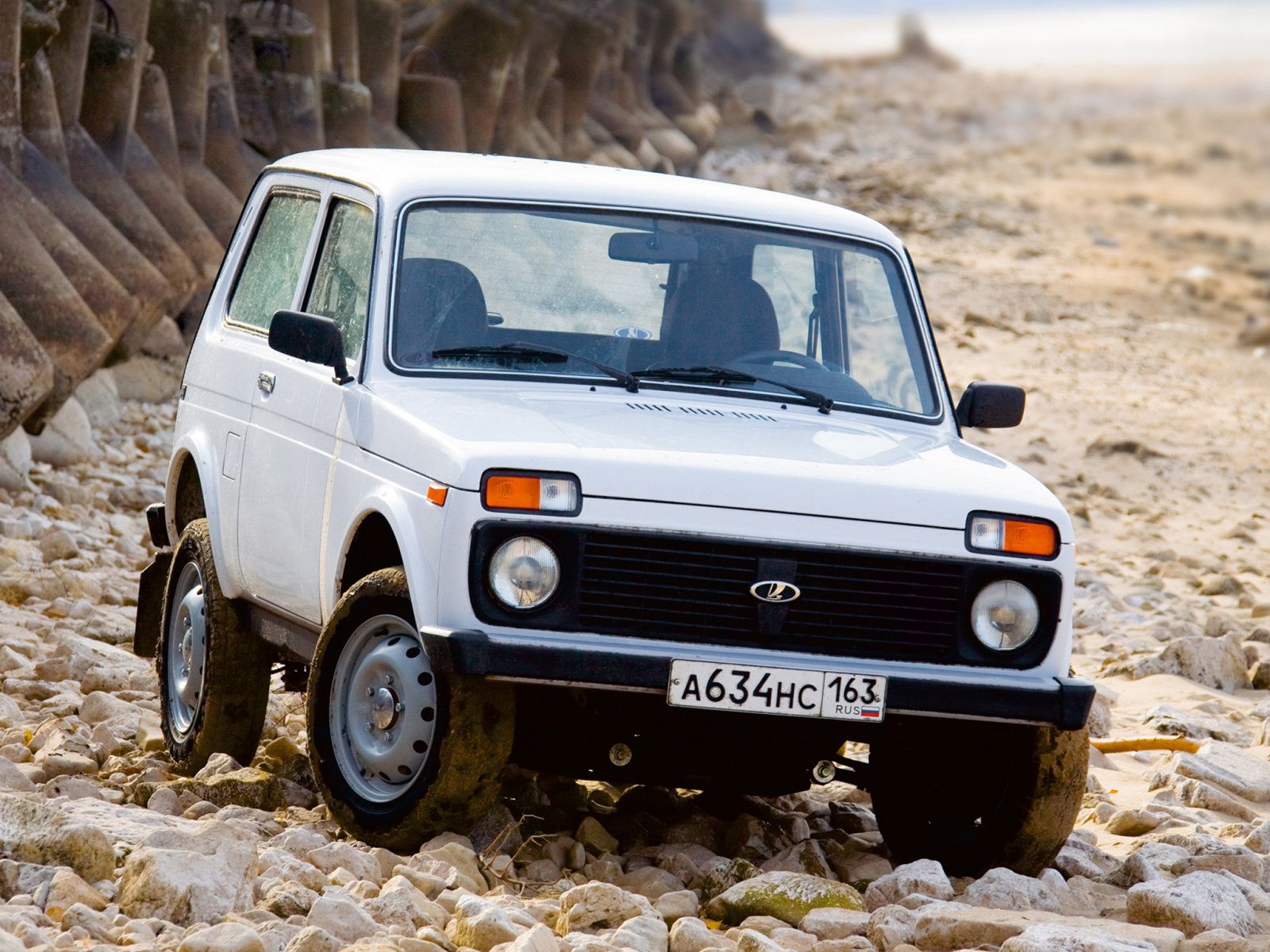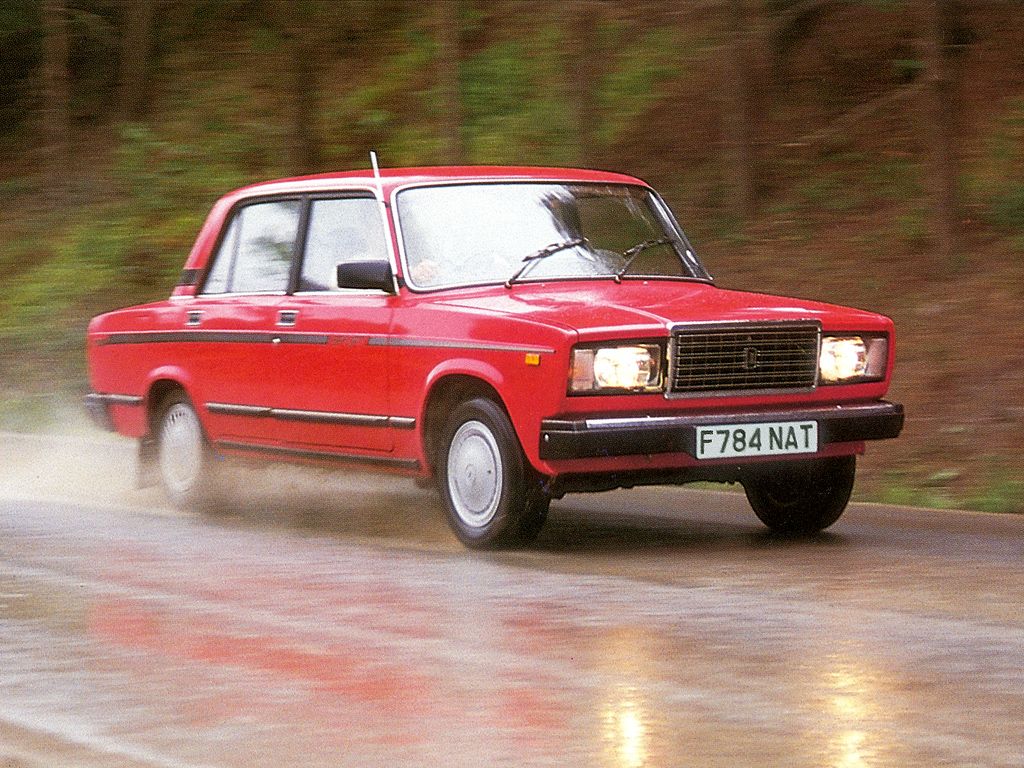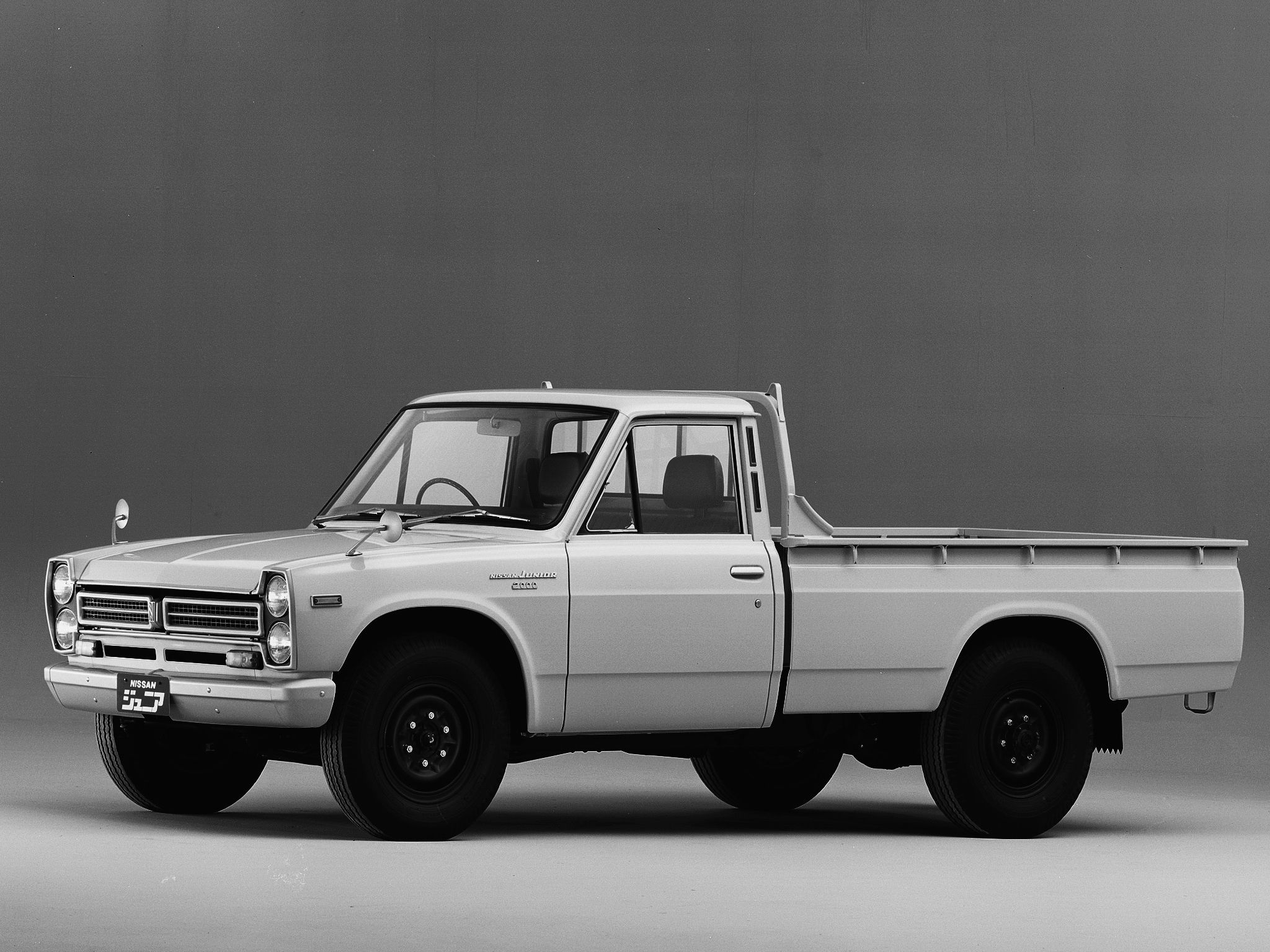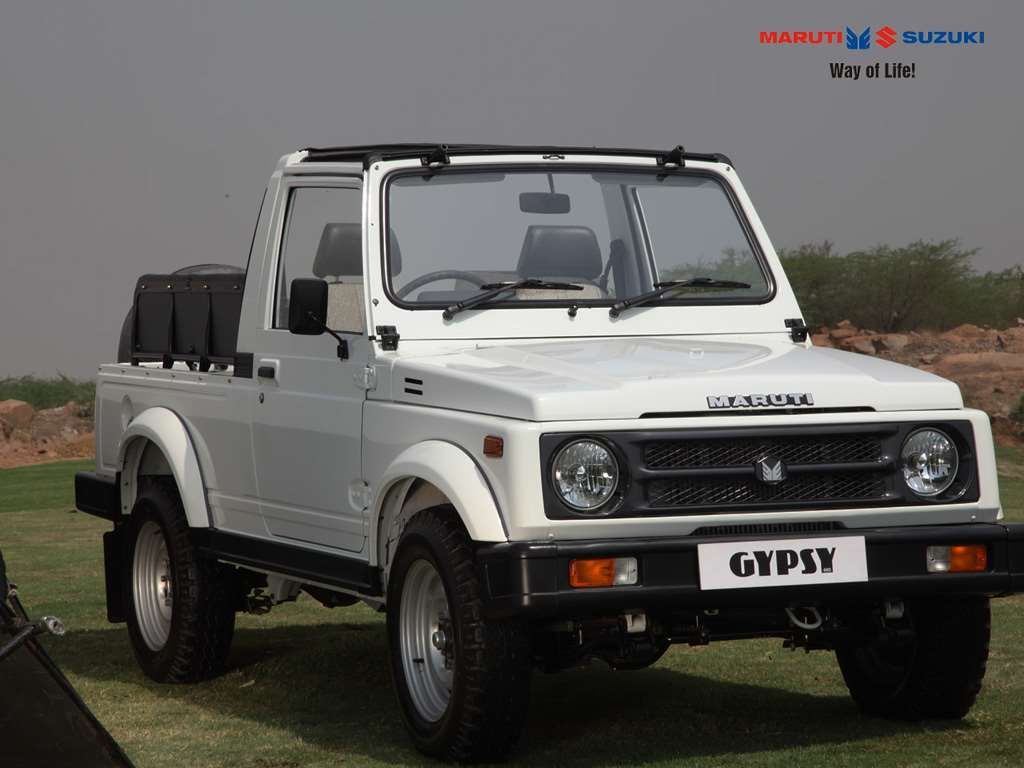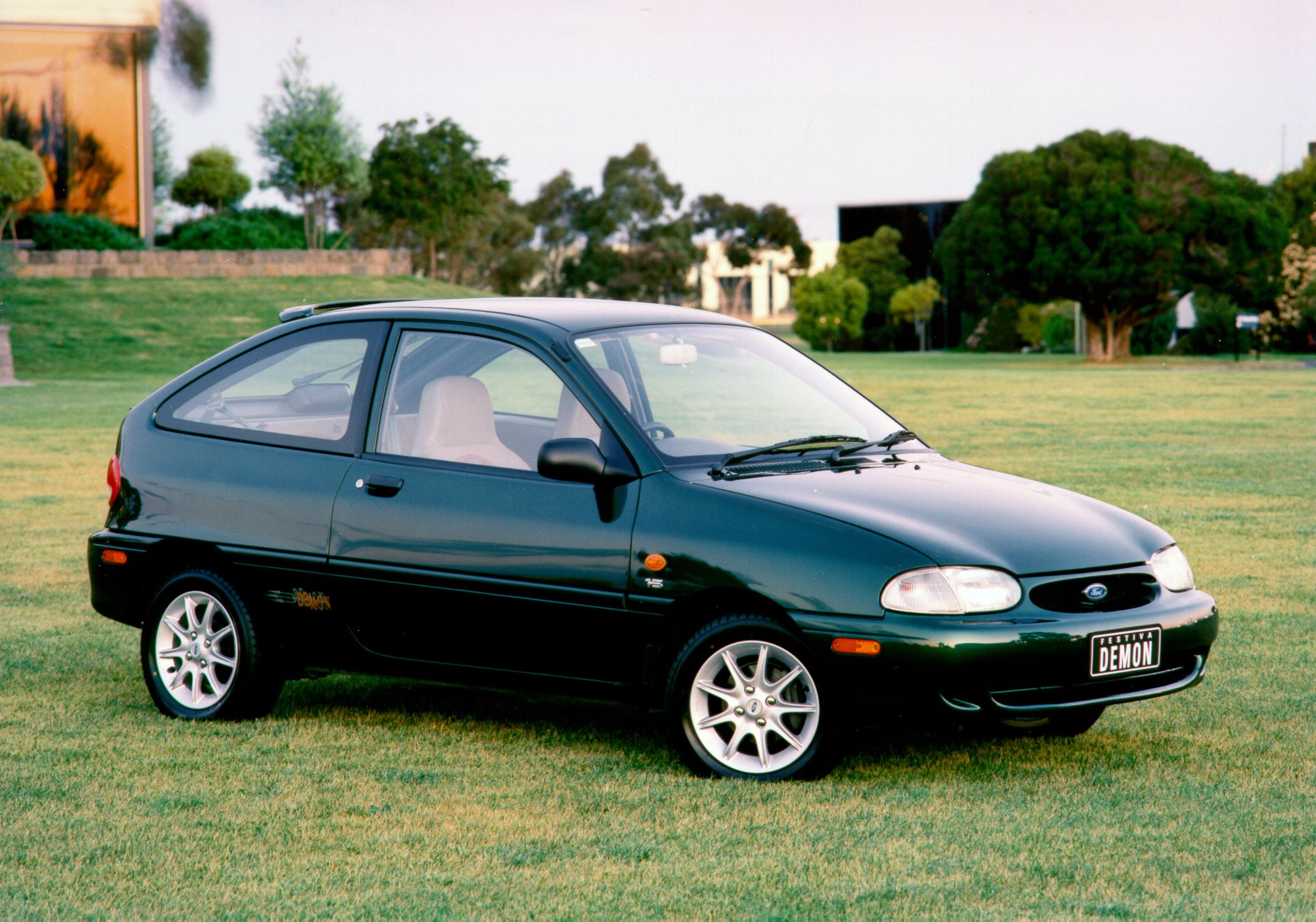Some cars become so popular that they end up being produced under license for decades. The most common examples include the Volkswagen Beetle and Microbus/Type 2, which remained in production until 2013 in Mexico and Brazil. Another example is the Caterham Seven, which still carries the legacy of the original Lotus Seven, launched in 1957.
But while the Seven was thoroughly updated and features modern underpinnings and technology, cars like the Beetle and Microbus remained rather spartan and eventually had to be axed due to safety and emissions regulations. But due to more relaxed rules in certain countries, some very old cars are still in production today. Here's a list of vehicles that shouldn't exist in 2019, but you can still buy them.
Toyota Land Cruiser 70
Introduced in 1984, the J70 was produced in its initial form until 1990, when Toyota launched a mildly redesigned SUV that also had a Prado badge. Global production of the J70 ended in 1996 when the Prado J90 arrived, the old SUV remained on assembly lines in some countries. The J70 is still sold in Australia, where it's marketed with the tagline "still powerful, still indestructible." Both SUV and truck versions are offered.
It's produced in Japan, Portugal, and Venezuela. Vehicles built in Portugal are exported to Africa, Morocco in particular, while Venezuelan models go to the local market and other South American countries. Although it received some upgrades in recent years, the Land Cruiser 70 remains very similar to its ancestor from 1984.
Peugeot 405
Introduced as a replacement for the 505 in 1987, the Peugeot 405 remained in production for ten years, until 1997. Designed by Pininfarina, the French sedan was praised for its looks and became quite popular in Europe. The 405 was a hit in African, Asian, and South American markets too, where it arrived starting with the early 1980s.
Peugeot 206
A predecessor to the modern 208, the 206 dates back to 1998. European production lasted a whopping 14 years, with the 206+ facelift introduced in 2009. Much like the 405, the 206 became extremely popular in Asia and South America, where it remained in production past its European "expiration" date. The hatchback is still in production in Iran, where IKCO, the same company that still makes the 405, started using a license in 2001. Alongside the slightly modernized 206, IKCO also offers a four-door sedan based on the 206, called the Runna.
Lada Niva
The iconic Lada Niva has been around since 1977. The USSR's take on the SUV, the Niva became popular in communist European countries, but it was exported to into Western countries as well, including the United Kingdom, Italy, Germany, and Finland. The Niva was and still is exported to many markets in South America, Asia, and Africa.
Although the GM-AvtoVAZ joint-venture introduced an updated, Chevrolet Niva in 1998, the original Niva remains in production to this day. The rugged SUV continues to use its original platform and even though the engines were updated over the years, it's still far from being modern and lacks essential safety features.
Lada Riva
Introduced in 1980 as the VAZ-2105 in the Soviet Union, the Lada Riva, as it became known in the United Kingdom, was later exported in other European markets in sedan and station wagon body styles. Just like its successor, the VAZ-2101, the Riva was heavily based on the Fiat 124, produced between 1966 and 1974. Just like the Niva, the Riva became extremely popular in Easter European countries but had a more limited presence in the Western part of the continent. It was exported overseas as well, including South America, Cuba, and even Canada.
The more stringent safety and emissions legislation and the economic instability of Russia after the dissolution of the Soviet Union forced AvtoVAZ to withdraw the Riva from Western European markets by 1997. However, production of the compact continued in Rusia all the way until 2012. But even though the Riva died in its home market, production continued in Egypt, where the sedan is still in production today. Unlike the Niva, the Riva is a terrible car, but it's affordable price and maintenance costs keep it somewhat popular in Northern Africa.
Nissan Junior 140
It might sound a bit surprising, but Nissan has been building trucks for more than 50 years now. While not the most iconic model, the Junior dates back to 1956 and remained in production with a Nissan badge until 1982. The final iteration was called the Junior 140 and even though Nissan discontinued almost 40 years ago, the truck soldiers on in Iran, where it's produced by a company called Zamyad.
Maruti Gypsy
If you're not familiar with the Suzuki SJ30, it was the first version of the second-generation Jimny. Introduced in 1981 mainly for the Japanese market, it was retired by Suzuki in 1987. However, the tiny SUV remained in production as the Maruti Gypsy in India. And not just for a few years. The Gypsy is still available today! The Gypsy remains highly capable on the unbeaten path but fails to compete with modern SUVs on the road. However, because it's affordable, easy to maintain and repair, and parts are readily available, the Gypsy is still a popular choice among Indian drivers.
Ford Festiva / Kia Pride
A small hatchback launched in 1986, the Ford Festiva was designed by Mazda in Japan in an era when Ford owned the Japanese firm. Also sold as the Mazda 121 and Kia Pride, the Festiva was discontinued in 1993. However, the small hatchback remained in production under license by companies like Dongfeng, AAV, and SAIPA. Based in Iran, the latter company still produces the car. It's called the SAIPA 111, and it was redesigned in the early 2000s, but it still used components sourced from the original car and built locally. Although not as old as other designs from this list, the SAIPA 111 is 32 years old as of 2018.

